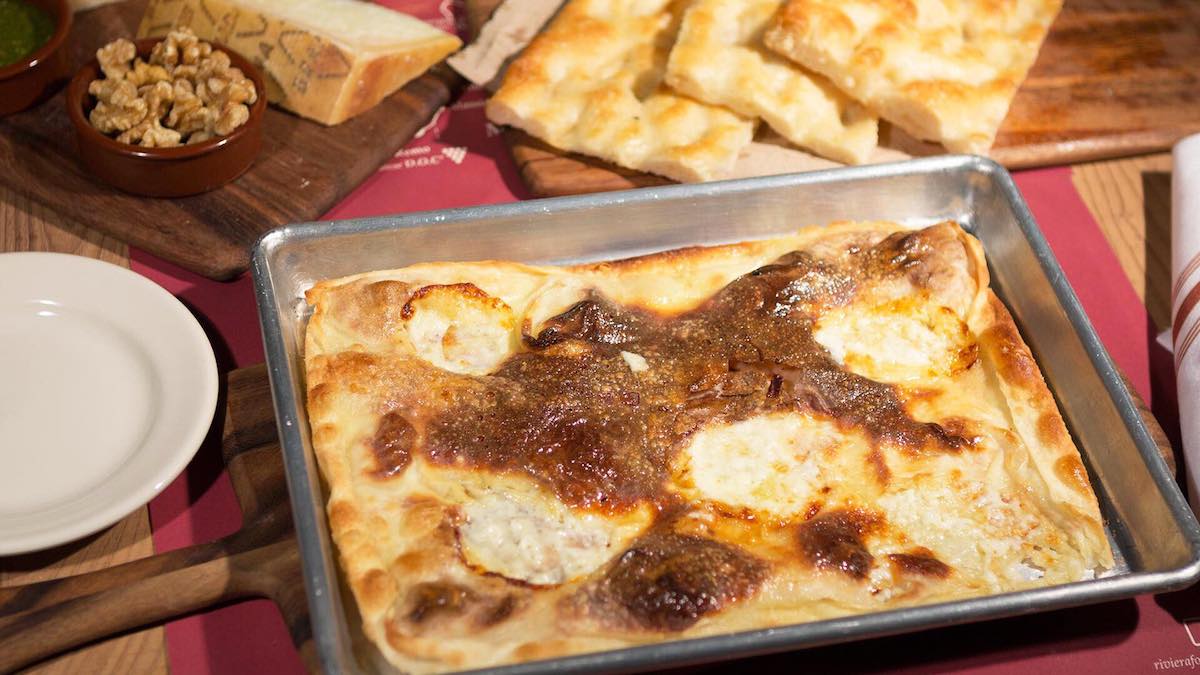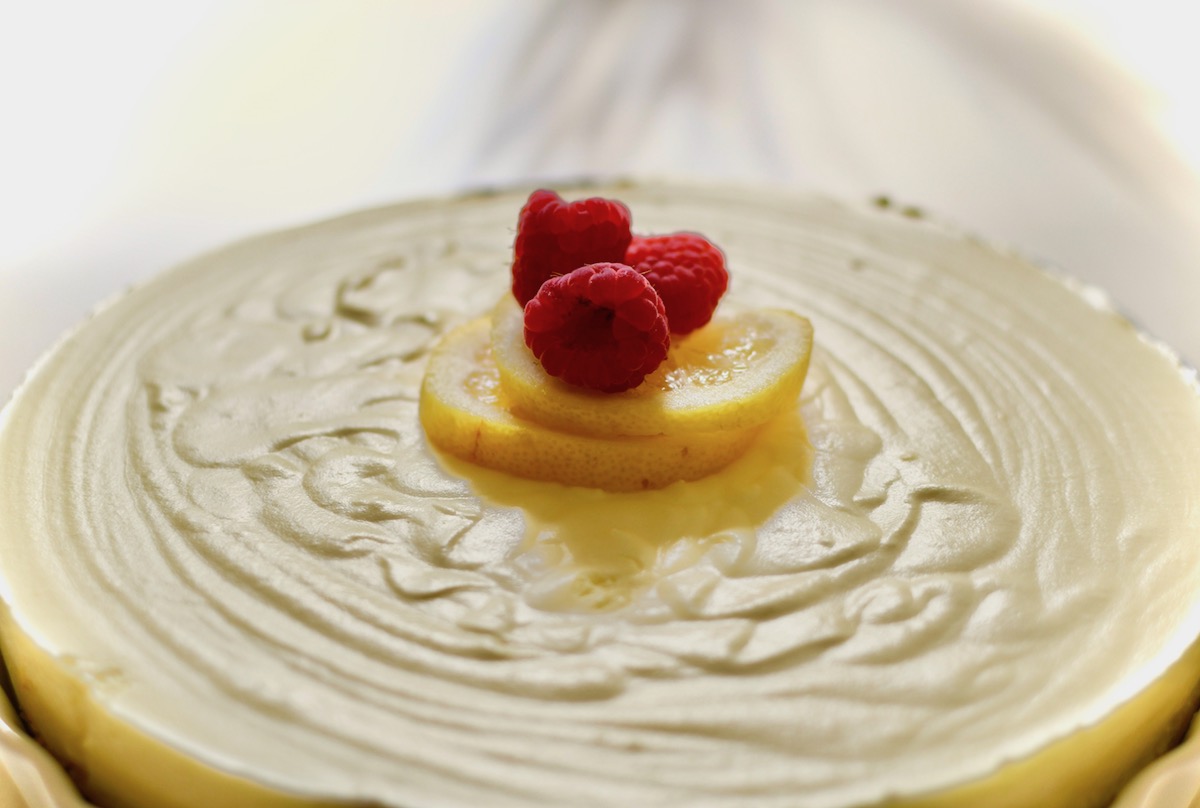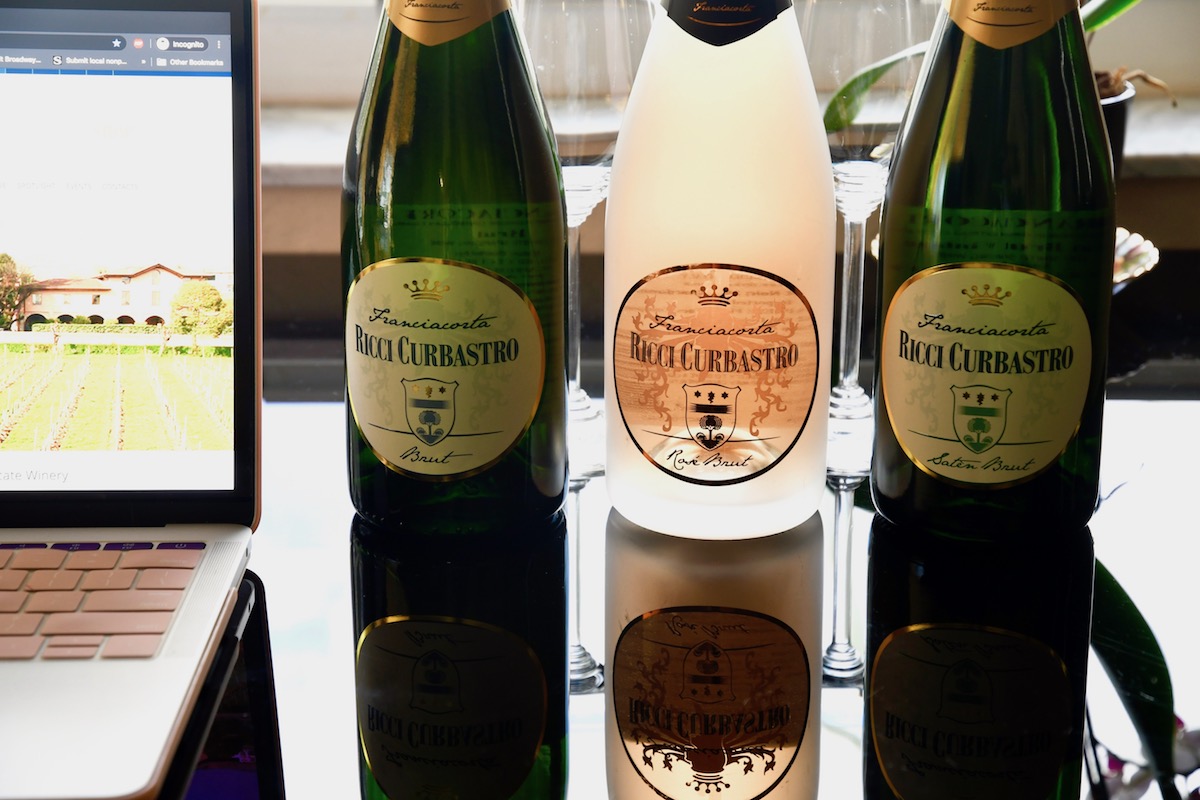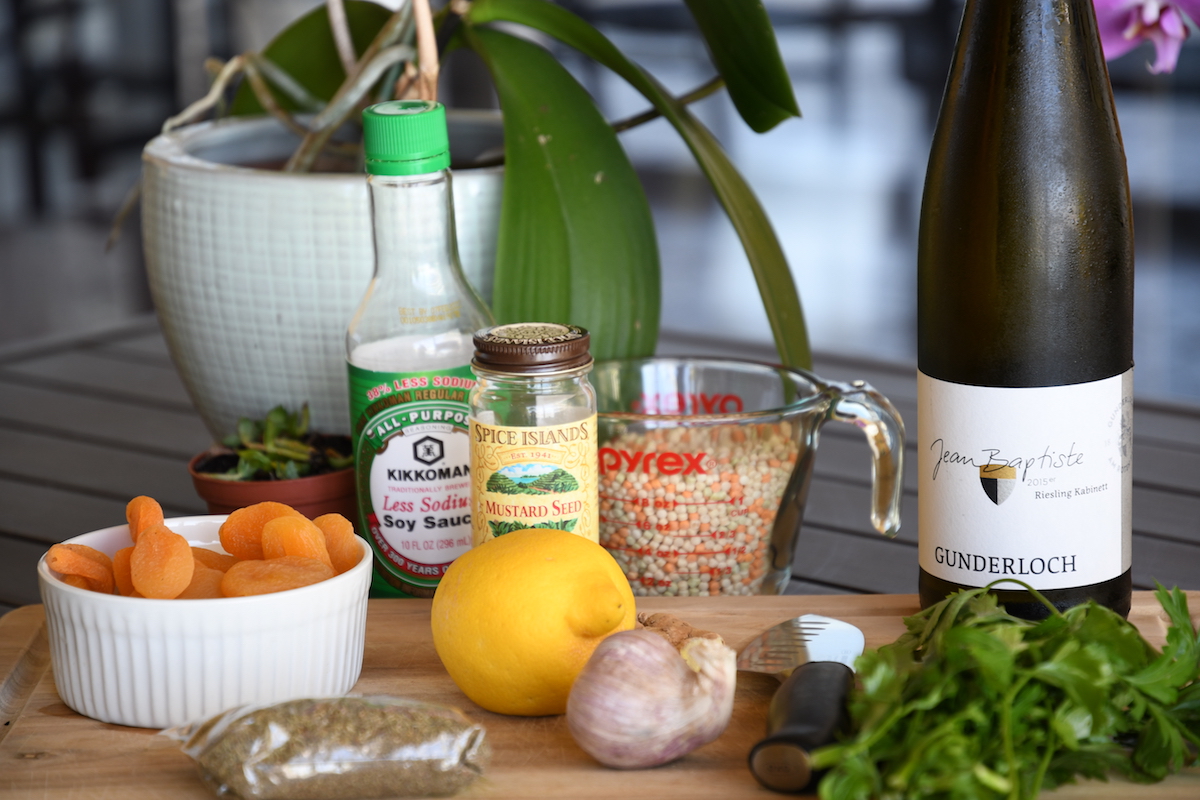From Paris to Los Angeles, and from Mexico City to Switzerland, the upcoming international art exhibitions of 2025 present a diverse selection of contemporary art. These shows explore themes from avant-garde installations…


From Paris to Los Angeles, and from Mexico City to Switzerland, the upcoming international art exhibitions of 2025 present a diverse selection of contemporary art. These shows explore themes from avant-garde installations…
Cultural institutions worldwide open their doors to new global art exhibitions. This season, a shared theme connects each show: the power of art to narrate, preserve, and reimagine heritage. These exhibitions span…

A visit to Riviera Focacceria Italiana in Miami will quickly transport you to Liguria. Here’s the reason why I tried to make this sumptuous bread. Plus, the history of Vitello Tonnato and ore!

1 ½ tazze di briciole di cracker graham (375 g) 3 cucchiaio di zucchero (37.8 g) 7 cucchiaio di burro fuso (100 g) 1 confezione di limone Jell-O (84 g) 16 once…

Ingredientes 1 ½ tazas de migas de galletas Graham (375 g) 3 cucharadas de azúcar (37.8) 7 cucharadas de mantequilla derretida (100 g) 1 paquete de gelatina de limón 3 onzas (84 g) 16 onzas de queso crema ablandado (250 g) 1 taza de azúcar en polvo…

Here’s an easy summertime favorite: no-bake lemon cheesecake. This dessert recipe is a perfect finale to the BBQ dinner.

Here’s a recap of the Ricci Curbastro Guided Wine Tasting seminar led by wine expert, Lyn Farmer and presented by World Wine Web Masterclass.

Learn how to make a Roast Pork Loin with Apricot Sauce that pairs perfectly with the 2015 Jean-Baptiste Riesling Kabinett by Weingutt Gunderloch.